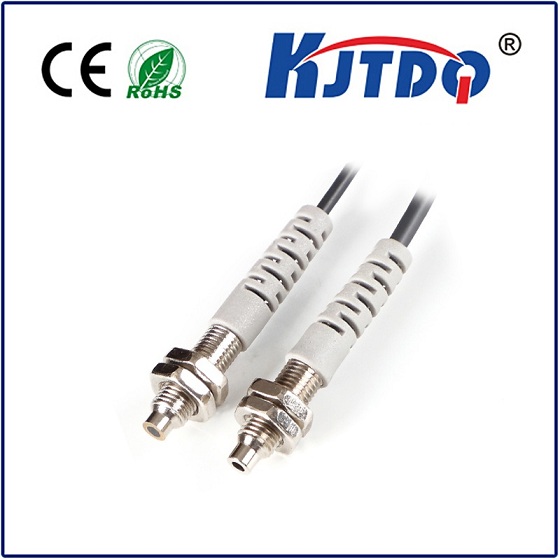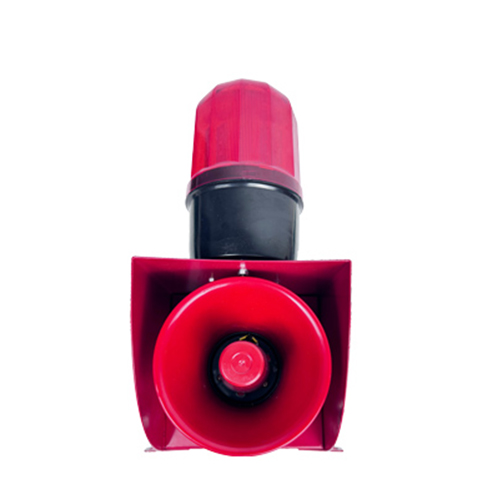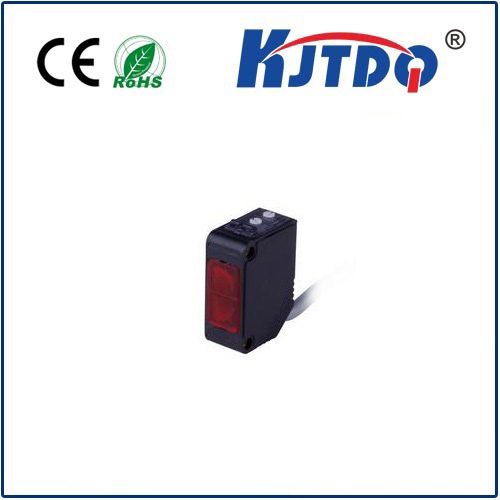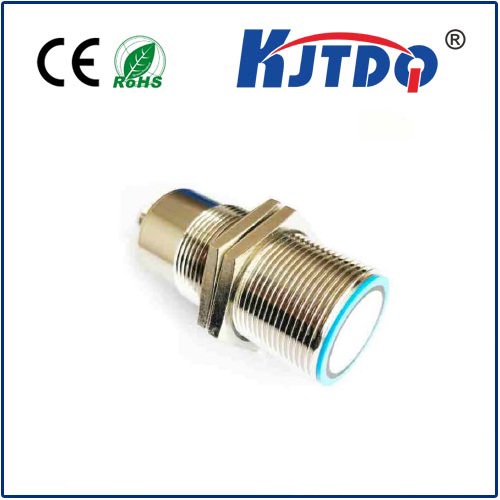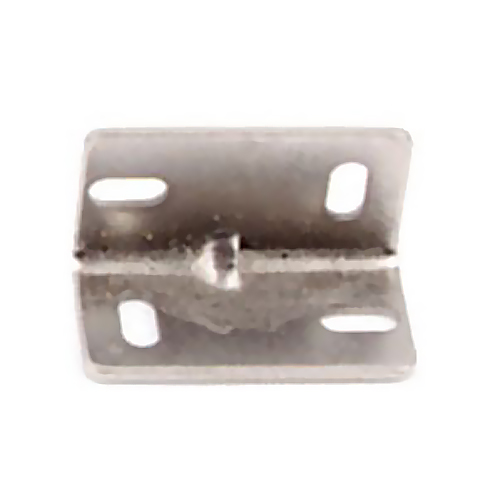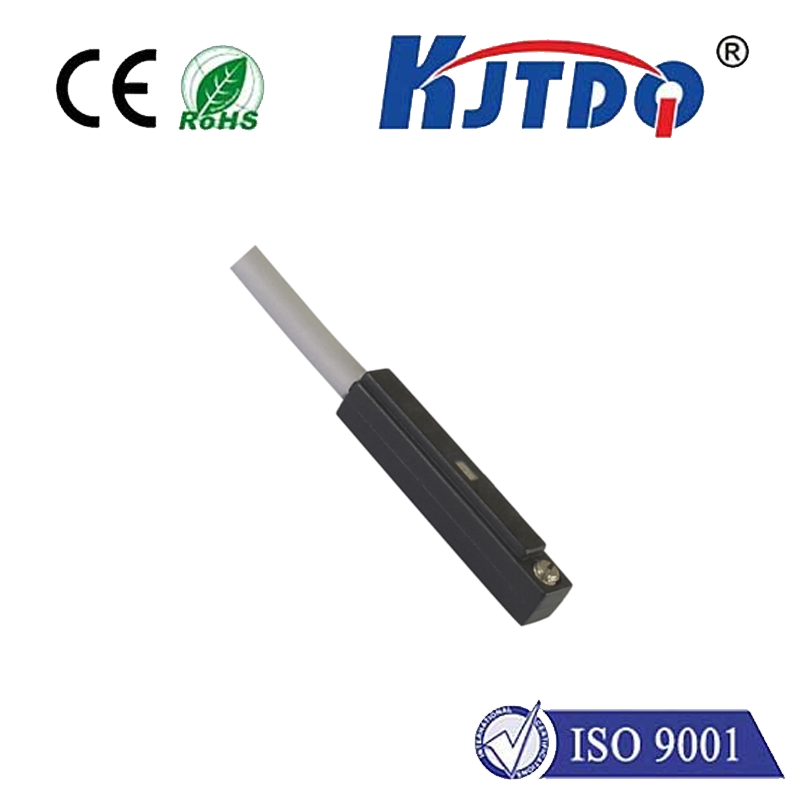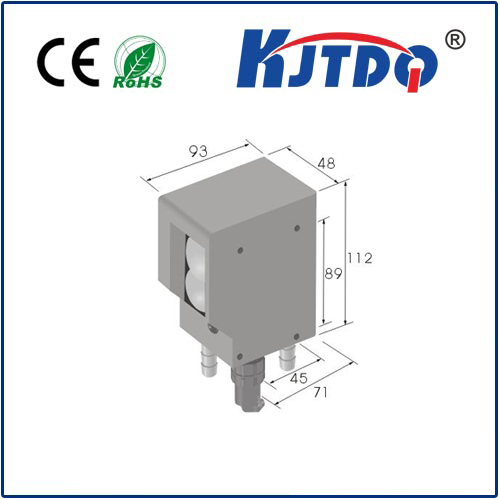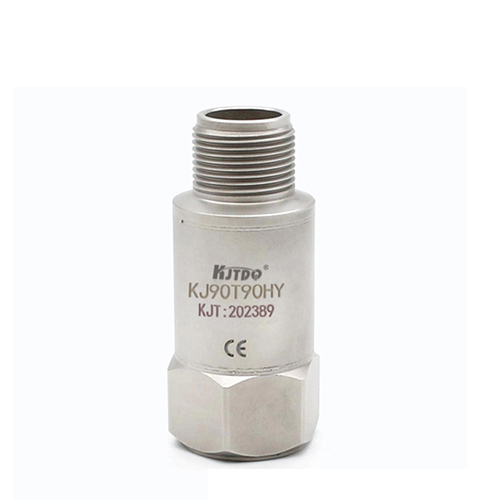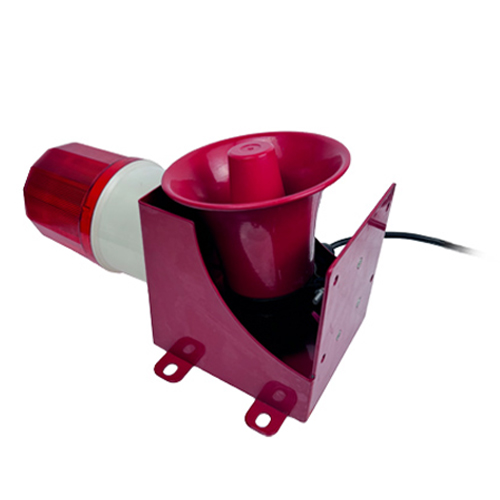

check

check

check

check

check

check

check

check

check

check
orque Switch in Actuator: A Key Component for Precision Control
The actuator, a vital component in various industrial and mechanical systems, requires precise control to ensure efficient and reliable operation. One of the essential elements that contribute to this precision is the torque switch. This article will explore the role of the torque switch in an actuator and how it enhances performance.

Firstly, let's understand what an actuator is. It is a device that converts energy into motion. Actuators are used in numerous applications such as robotics, automotive engineering, aerospace, and many more. They can be powered by different sources like electricity, hydraulics, or pneumatics. The primary function of an actuator is to exert force or generate movement based on input signals received from controllers or sensors.
Now, let's dive into the topic of the torque switch in an actuator. The torque switch, also known as a torque limiter or torque sensor, is a safety mechanism designed to protect the actuator from damage due to excessive loads. It monitors the output torque of the actuator and sends signals to the controller when the preset torque limit is reached. If the controller receives this signal, it either stops or reduces the power supply to the actuator, preventing potential damage caused by overloading.
The importance of incorporating a torque switch in an actuator cannot be understated. It ensures that the actuator operates within its design limits, thereby increasing its lifespan and reducing maintenance costs. Moreover, it enhances safety by preventing accidents that may occur due to system failure resulting from overloading. Additionally, the torque switch enables accurate control over the actuator's movement, which is crucial for precision-demanding applications such as robotic arms and CNC machines.
In conclusion, the integration of a torque switch in an actuator is imperative for achieving precise control and ensuring safe operation. By limiting the torque output, the switch protects the actuator from damage while allowing it to perform its intended functions effectively. As technology advances, we can expect further improvements in torque switch designs, leading to even greater efficiency and reliability in actuator systems across various industries.
